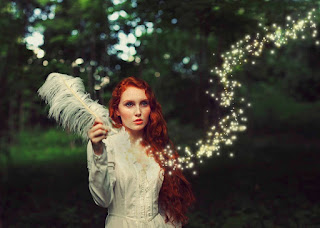The Story
The story this photo tells is the story of helping those. Here you can see hots dogs being handed from young adults to elders who are possibly hungry and/or homeless. The smile on the older lady towards the front shows that she is most likely grateful for the help of the kids. The fact that this photo seems as though it were taken outside it probably means that this service was made public for anyone to receive and give.
Action and Emotion
The Action in this photo is with the student giving the teacher a noogie. While the emotions are on the people faces, clearly the teacher is exasperated but also a bit loving towards his students. In the meantime the girl's emotion reflected on her face is slightly malicious and the boy's is rather goofy.

Filling the Frame
Filling the frame in this picture is the students gathered around the smokey sink. All their hands assembled in the center adds to a symmetrical composition and also helps fill in the frame.
"Political Secrets"
My favorite photo from the Academic & Community Service section was #5 titled "Political Secrets." I picked this photo because how simple and delicate the image seems. It's got light clear colors that are very intriguing and the rule of thirds, as well as simplicity are applied. The rule of thirds is applied because in the image there is a woman leaning over to speak to a man, and they are bot place to the right, using the rule. Simplicity is applied because the only subjects in the image are the man and woman as well as a blurred American flag that is on the other side of the image.
- I think I can take similar pictures to the ones I saw today in a classroom that has an interesting activity going on, such as science.
- I would like to visit Mr. Mayfield's science class, or FFA depending on what the class is doing for that day.
- To take good pictures like the ones I viewed today, I will try to apply the photography composition such as rule of thirds and simplicity to get amazing photos.






























